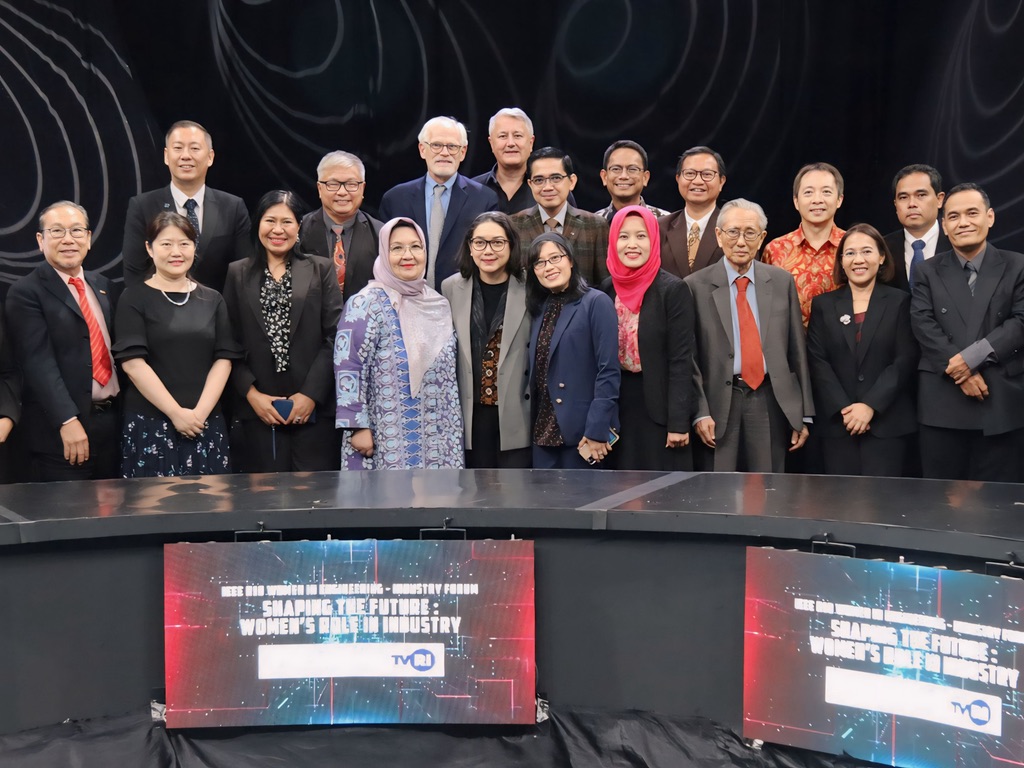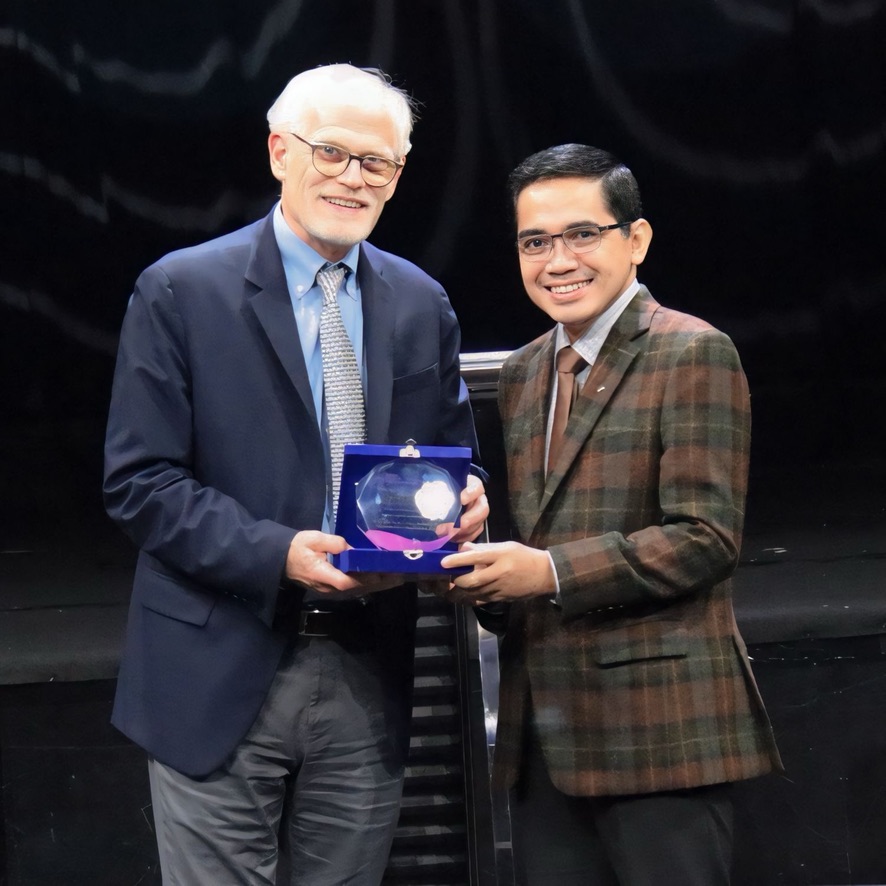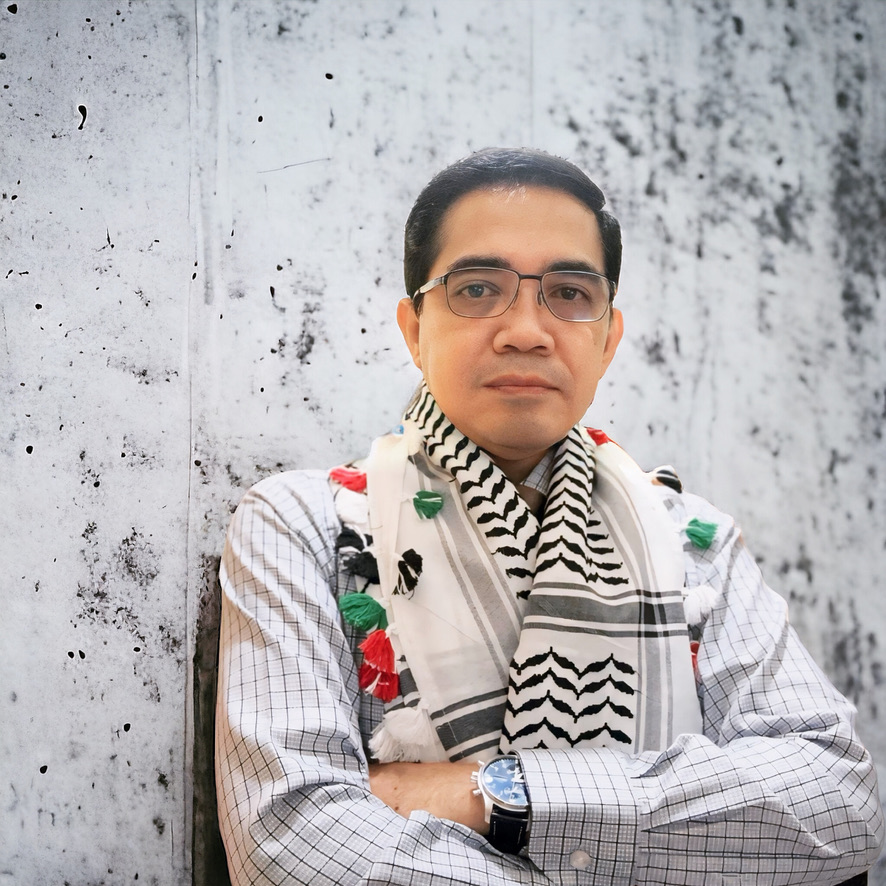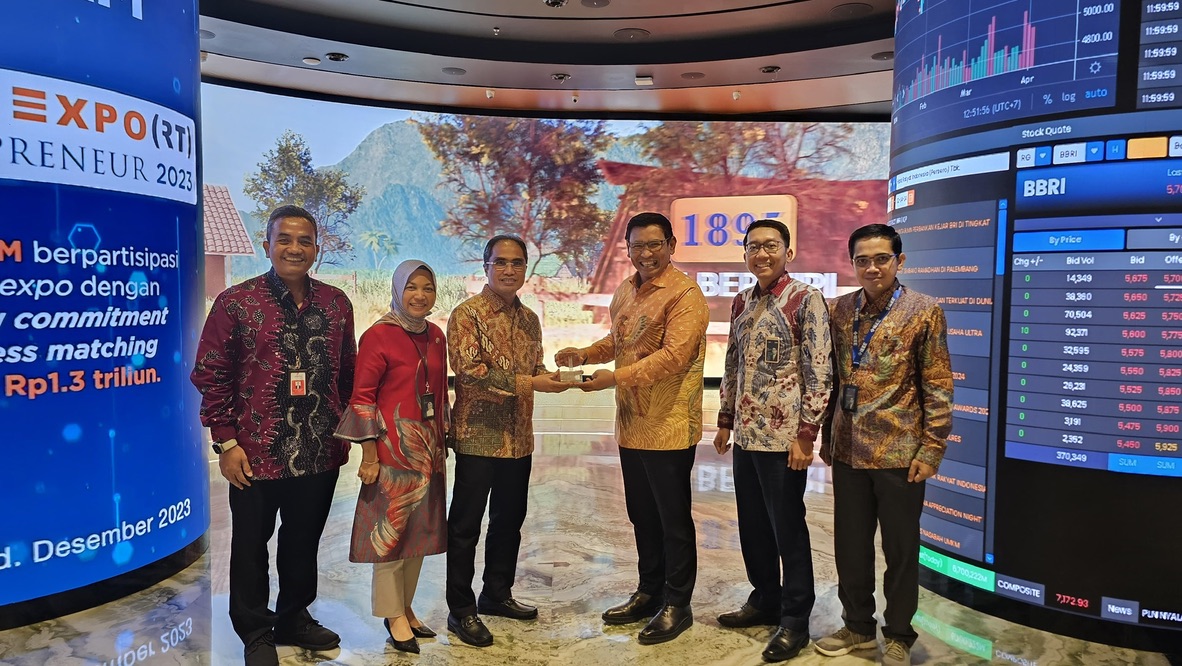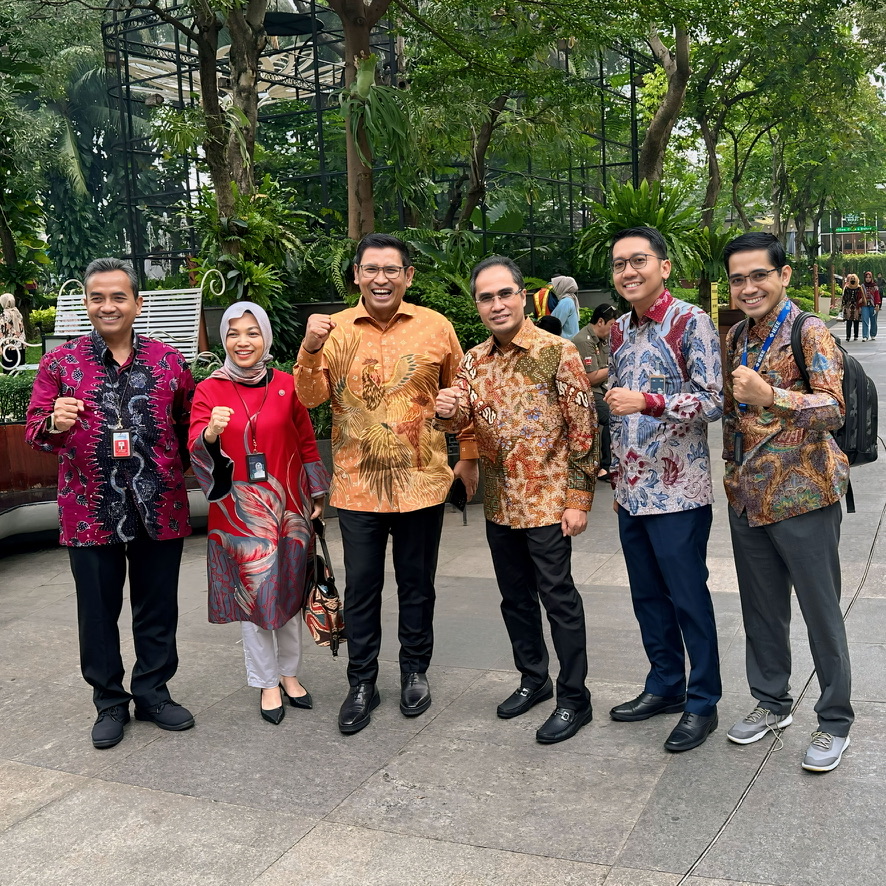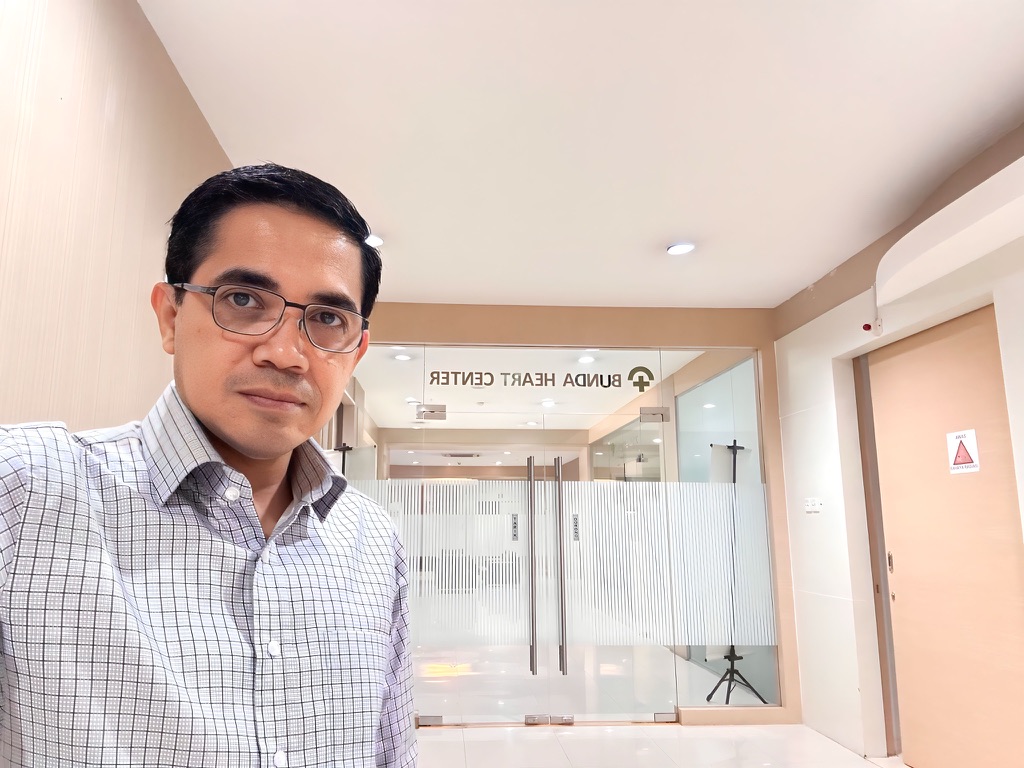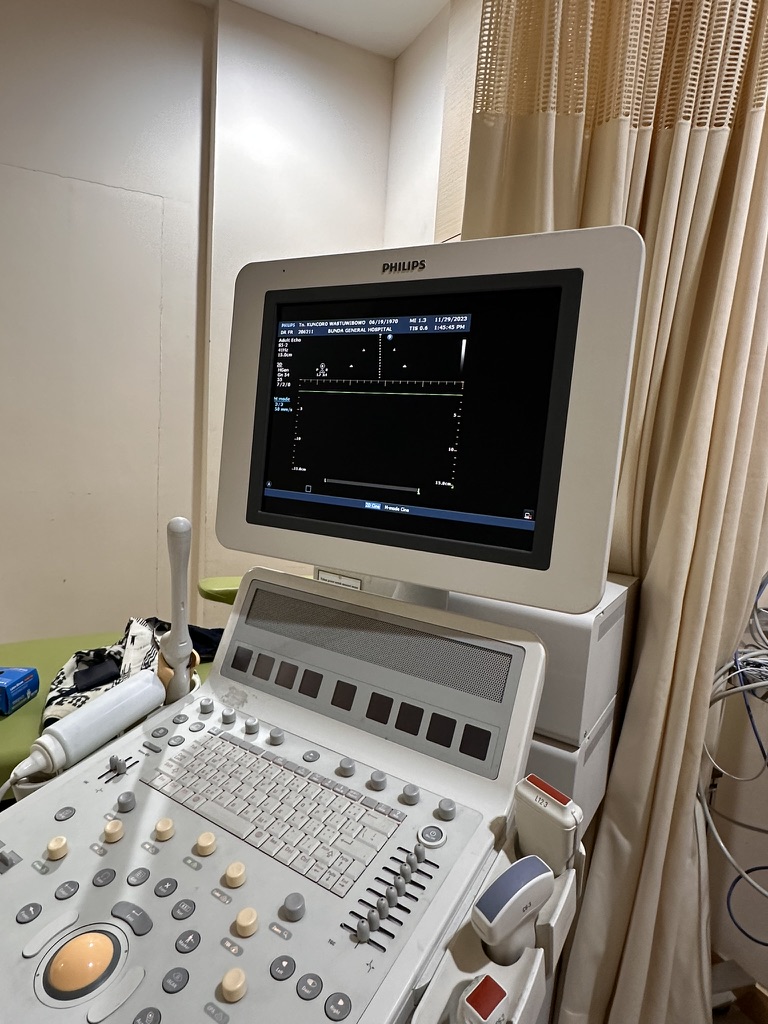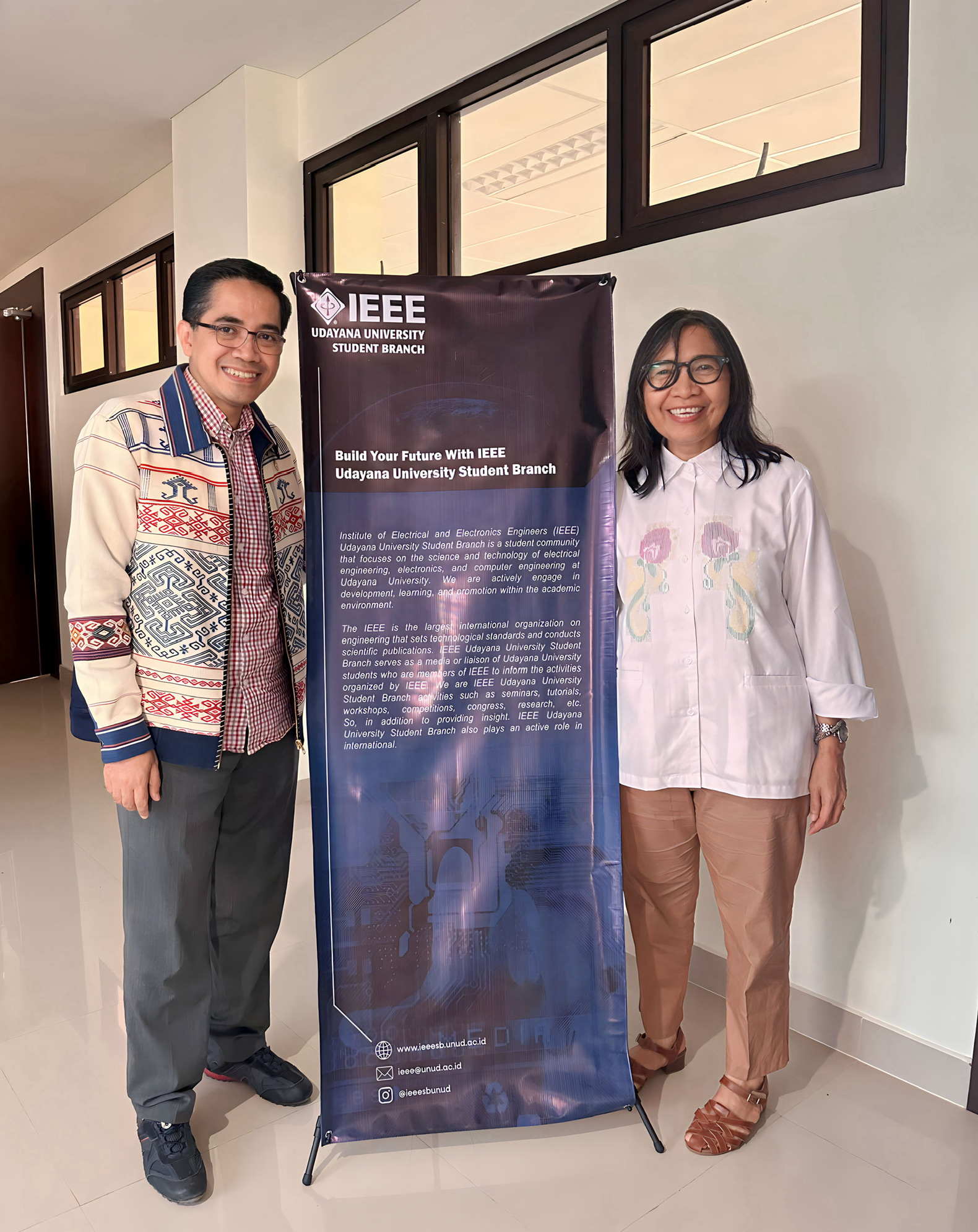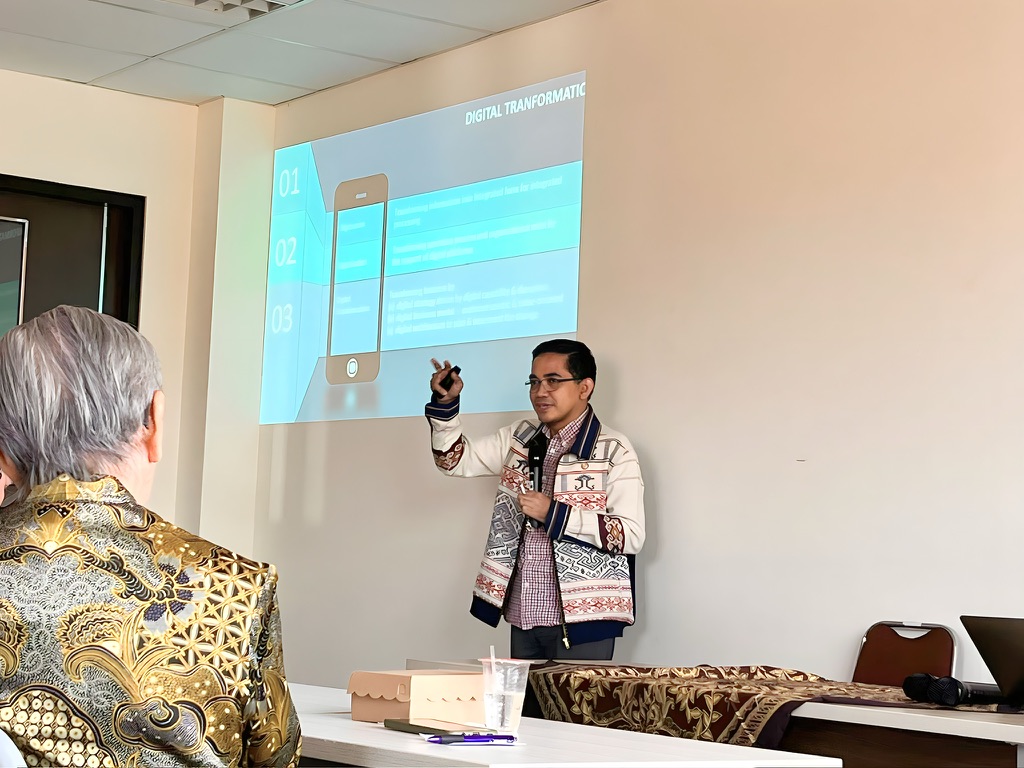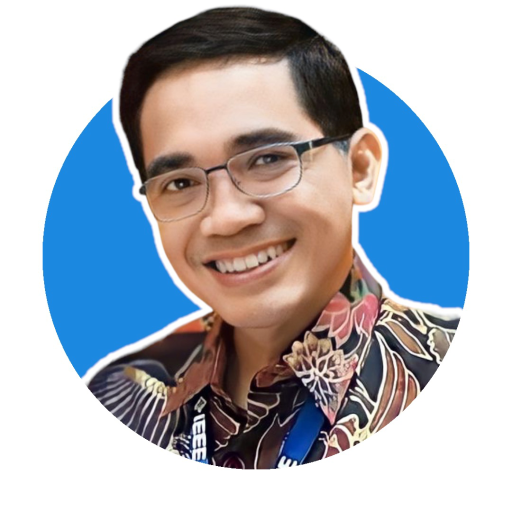Exploring the ideas about adaptation and emergence as a part of ecosystem (i.e. complex adaptive system — CAS) development, I think it is more exciting when we see it through the combined lenses of CAS, Schumpeter, Kuhn, Foucault, and Lyotard. Each of these perspectives explores how change does not just happen bit by bit, but instead in bold (stolen from Telkom’s five bold moves program) and disruptive leaps, as transformations that completely alter the playing field, whether we’re talking about economies, sciences, societies, or even our basic understanding of the world.
CAS implies that change is a matter of adaptive cycles — cycles of growth, accumulation, collapse, and renewal. An ecosystem could grow, accumulates the resources until hitting a limit. Then its whole structure becomes unsustainable, collapses, and reboots in a new way — it reorganises itself with fresh relationships and opportunities. This cycle is anything but smooth; it’s like a forest fire clearing the way for new growth, and it’s essential for resilience and long-term adaptability. This model resonates closely with Schumpeter’s idea of creative destruction in economies. Schumpeter saw capitalism as a system where innovation doesn’t build up neatly on top of the old but bulldozes it — new technologies, businesses, and products disrupt markets, toppling established companies and paving the way for the next wave of growth. For Schumpeter, entrepreneurs drive this cycle, constantly reinventing the economy and shifting the landscape in unexpected ways.

Thomas Kuhn brought a similar idea into science with his concept of paradigm shifts. In Kuhn’s view, science isn’t a smooth, cumulative process of adding one discovery to the next. Instead, it moves forward in fits and starts. Scientists work within a “paradigm” — a shared framework for understanding the world — until enough anomalies build up that the whole system starts to feel shaky. At that point, someone comes along with a radically new idea that doesn’t just tweak the existing framework but replaces it. Kuhn’s paradigm shift is a profound reimagining of the rules, kind of like Schumpeter’s creative destruction but applied to the way we think and know. It’s as if science periodically wipes the slate clean and rebuilds itself from a fresh perspective.
As a Gen-X, I must also mention Michel Foucault. Foucault offered a more historical spin on these ideas with his concept of epistemes. Foucault believed that every era has its own underlying structure of knowledge, shaping how people perceive and think about the world. These epistemes don’t evolve smoothly; they’re punctuated by abrupt shifts where the entire basis of understanding changes. Just like in a Kuhnian paradigm shift, when a new episteme takes over, it fundamentally changes what questions are even worth asking, as well as who holds power in the discourse. In Foucault’s view, knowledge isn’t just a collection of facts piling up—it’s tied to shifts in power and perspective, with each era replacing the last in a way that’s not fully compatible with what came before.
Then there’s Jean-François Lyotard, who takes the idea a step further by challenging the very idea of cumulative “progress” altogether. As a postmodernist, Lyotard argued that the grand narratives that used to make sense of history, science, and knowledge are breaking down. Instead of one single, upward trajectory, we’re left with multiple, fragmented stories that don’t fit neatly together. Knowledge, for Lyotard, is no longer a matter of moving toward some ultimate truth but an evolving patchwork of perspectives. This rejection of a single narrative echoes Schumpeter’s and Kuhn’s visions of disruption and replacement over seamless continuity. Lyotard’s work suggests that, in knowledge and culture alike, stability is always provisional, subject to the next seismic shift in understanding.

So when we look at all these thinkers together, a fascinating picture emerges. In CAS, Schumpeter’s economics, Kuhn’s science, Foucault’s history, and Lyotard’s philosophy, progress is not about slowly stacking up ideas or wealth. Instead, it’s about cycles of buildup, breakdown, and renewal — each shift leaving behind remnants of the old and bringing forth something fundamentally new. This kind of progress isn’t just unpredictable; it’s fueled by disruption, tension, and revolution. These thinkers collectively remind us that the most transformative changes come from breaking with the past, not from adding to it. Progress, in this view, is a story of radical leaps, creative destruction, paradigm shifts, and fresh starts—where each new phase is a bold departure from what came before.


